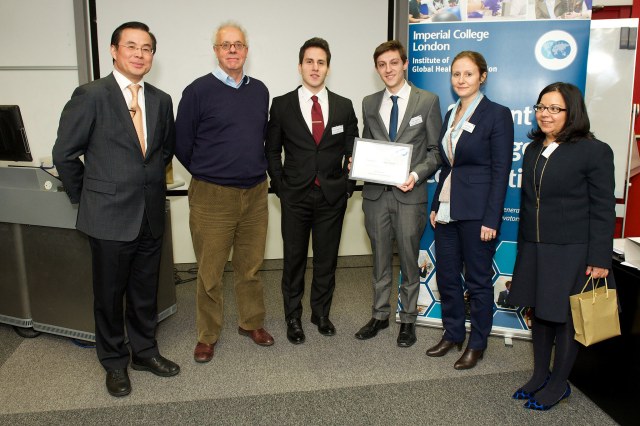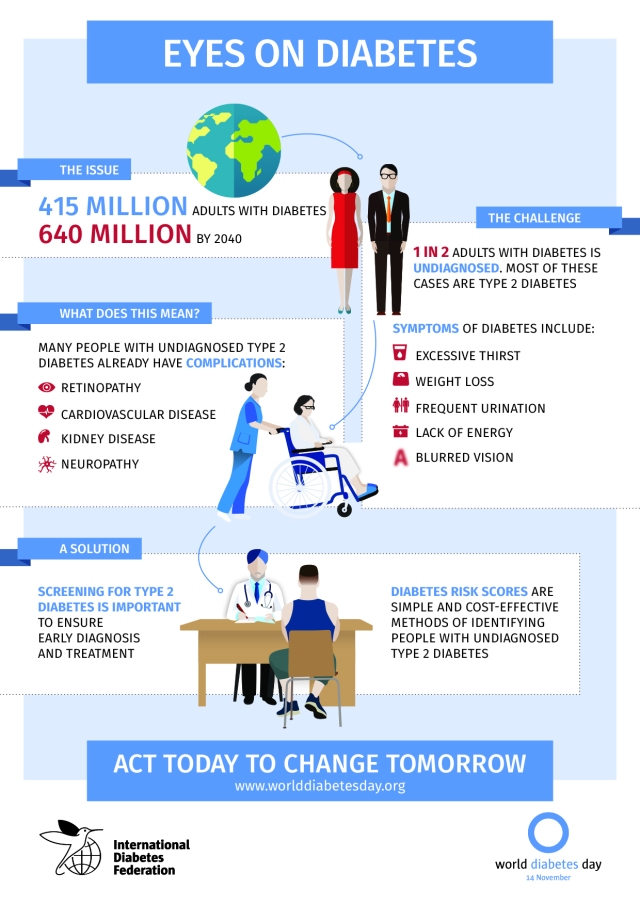By Hamdi Issa, PhD Candidate, Institute of Global Health Innovation
 On the 20th and 21st October 2016, the Tropical Health Education Trust (THET) hosted their annual conference: ‘Evidence, Effectiveness and Impact’. This two day conference brought together academics, health care professionals, policy makers, government officials and students from all over the world, to celebrate and perhaps more importantly, learn how different health partnerships are changing the face of development.
On the 20th and 21st October 2016, the Tropical Health Education Trust (THET) hosted their annual conference: ‘Evidence, Effectiveness and Impact’. This two day conference brought together academics, health care professionals, policy makers, government officials and students from all over the world, to celebrate and perhaps more importantly, learn how different health partnerships are changing the face of development.
Day one of the conference explored various elements of health partnerships, notably: the UK’s contribution to health globally and how the UK can best respond to the challenges thrown down by the Sustainable Development Goals. Day two captured the work of individuals/groups involved in different types of health partnerships and the benefits and challenges of the different health partnership models.
THET launched their new policy paper: In our mutual interest. This policy paper captures the learning acquired by THET over the years they have managed the DfID-funded Health Partnership Scheme. By examining the associated benefits and challenges to this approach, it encourages everyone involved in health partnerships to think about how they can do more – and explore how health partnerships can be ‘mutually beneficial’ with particular considerations on the value to the NHS and UK institutions.
Aside from THET enabled health partnerships, individuals representing other forms of partnerships were present. In particular, thought-provoking presentations were delivered by two very different partnership models: FK Norway and GSK-PULSE Volunteers.
FK Norway is a Norwegian governmental body that supports exchange of employees between companies and organisations in Norway and developing countries. Through a 1 to 1 exchange ratio of participants, FK Norway aims to facilitate mutual learning and development of institutions. This method of exchange was very different from the exchanges being discussed by other partnerships. This was the first presentation to display a South to North flow of knowledge transfer as opposed to the traditional flow of knowledge (North to South). The FK Norway representative used the example of ‘kangaroo care’ as a practice widely used in developing countries to care for premature babies and through the exchange partnership, saw developing country partners teach their Norwegian partners how to train mothers in ‘kangaroo care’, at time where this practice was not widely accepted in Norway. It seems like Norway has found a partnership model that is using reciprocity to have ‘institutional-level’ impacts.
In a room full of public sector professionals, representatives from GlaxoSmithKline (GSK) brought a new perspective to the health partnership paradigm. GSK run a skills based volunteering partnership called PULSE. Through this partnership, GSK employees are matched to non-profit organisation, both at home and abroad, to tackle healthcare challenges. In light of the UKs push towards health partnerships that speak to the concept of ‘mutual benefit’ – GSK’s presentation captured a partnership model where volunteer experiences go beyond personal and professional development, to having business impact. One of the three aims of the PULSE programme is ‘change GSK’. GSK volunteers are encouraged to blog about their experiences and the learning they develop abroad, and upon return to the UK volunteers have the chance to share ideas with colleagues and senior staff to activate change within GSK.
Both GSK and FK Norway partnership models offer a learning opportunity for those involved within UK public sector health partnerships. An opportunity I hope many take advantage of if we are truly ready to move towards a new era of health partnerships, partnerships that welcome a global flow of learning and innovation to benefit health service delivery in the UK.
Read THET Annual Conference – Rethinking International Health Partnerships in full











